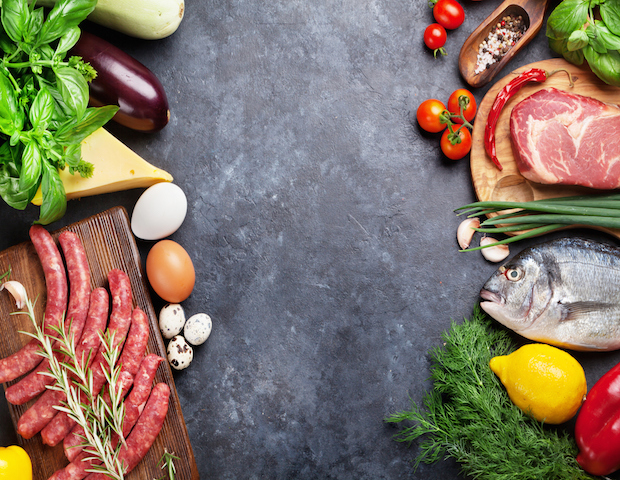
What is the Ketogenic diet?
A ketogenic diet is commonly known as a low-carb, high-fat diet. It shifts the body to burn fats for fuel as opposed to carbohydrates. The liver produces ketones when your body has made this shift. Ketosis also occurs when you are fasting or when food intake is low. Fats are the most effective molecules to burn as fuel.
When taking away carbohydrates from the body and replacing it with fats, the body moves into that ketosis, survival mode. The concept of the Keto diet is not starve the body of calories but instead of carbohydrates forcing the body to burn the ketones and fat build up versus carbs, the average source of energy for the body.
A Ketogenic diet is known optimization, increased energy and normalized hunger, regulation of blood pressure, an increase in HDL (good cholesterol) and an decrease in LDL particle concentration (high levels of LDL particle concentration build up in the arteries and cause heart disease).
On the diet, ideally you want to keep the carbohydrates to a minimum. Food to avoid includes grains (pasta, breads, cereals, etc.) beans, most fruits, starchy vegetables (potatoes, corn, most squashes, etc.), low-fat dairy, alcohol, artificial sweeteners, and oils like canola, corn, soy, safflower, etc.). Other forms of carbs coming from vegetables, nuts, and dairy products are advised to be kept to a limited amount.
When it comes to sugar, a Keto friendly diet sweeteners include stevia, some of the sugar alcohols like erythritol, and monk fruit. Honey, maple syrup and cane sugar are all off the list.
Nicassio explains that it’s all about eating high-quality foods – organic, grass fed beef, organic, pastured eggs, organic and pastured chicken, wild-caught fish, and healthy fats like coconut oil, avocado oil. Avocados, extra virgin olive oil, and MCT oil.
Ideally, a perfect Ketogenic-friendly plate would be made up of 70 percent fats, 25 percent protein and 5 percent carbohydrates. Nicassio explains it’s all about real high-quality foods you want to focus on putting in the body.
During the diet, it’s common for many people to eat less because all the fat keeps them fuller for longer. That 3 p.m. snack may just start to disappear, as you may just not be as hungry!
